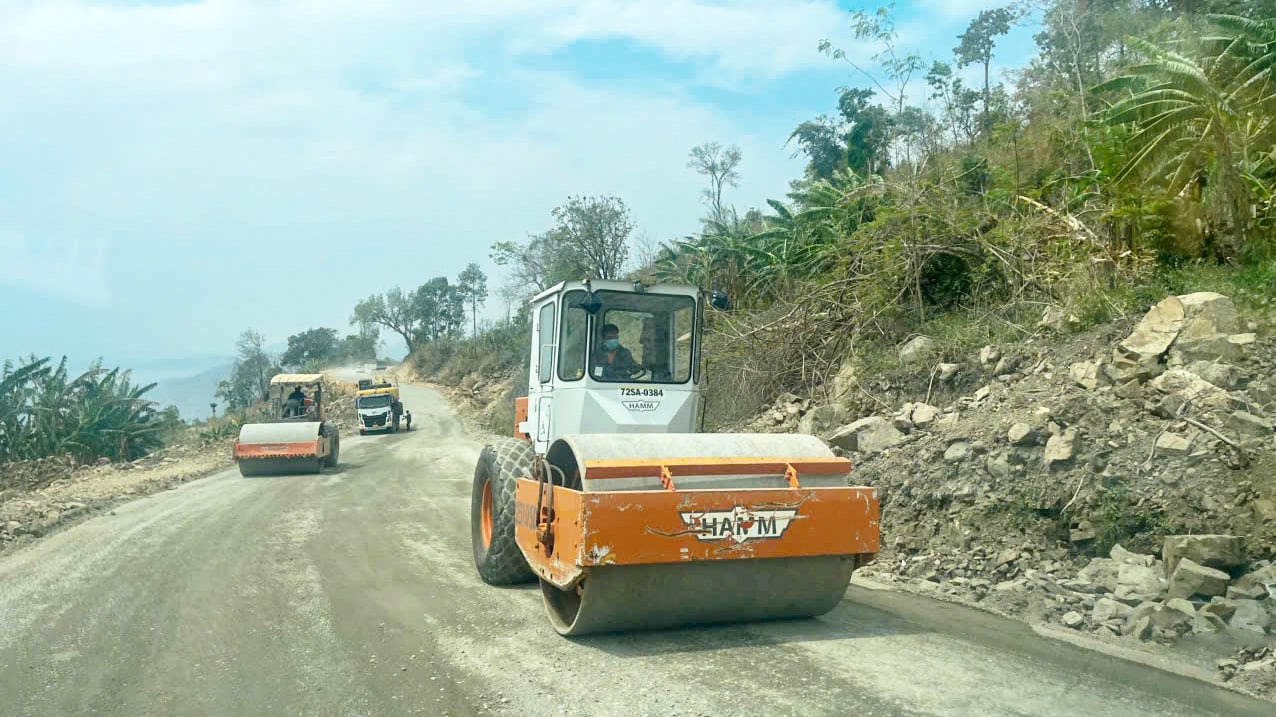 |
| National Highway 28B connecting Lam Dong with Binh Thuan is being expanded and upgraded but is still a winding road with many narrow sections. |
Currently, identifying Da Lat as the administrative center of the new Lam Dong province poses a not-so-simple problem: how to effectively connect areas in the new province with this center? The distance from Da Lat to localities such as Gia Nghia ( Dak Nong ) or Phan Thiet (Binh Thuan) on the map does not seem too far, only about 160 - 170 km, but in reality, traveling is a real challenge, not only in terms of time but also in terms of difficulties due to limited transport infrastructure.
• DIFFICULTIES ON DEGRADED ROADS
As evidence of the difficulties in transportation, we can look at the story of drivers on the routes connecting Dak Nong and Lam Dong. Although there are 4 main routes, including National Highway (QL) 28 through Di Linh, the road to Dong Nai 4 Hydropower Plant (planned as QL55), Provincial Road 4B through Lam Ha, and the traffic route to operate Dong Nai 5 Hydropower Plant, all are narrow, winding, and contain countless risks.
Mr. Tran Van Son, a contract driver, residing in Ward 3, Da Lat City, shared: "The current roads from Da Lat to Binh Thuan and especially Dak Nong are very bad, making travel very difficult." He added that if there were a highway or railway, travel time would be significantly shortened, and people would have more choices and be more comfortable. Mr. Son's confession is not only the concern of a driver but also the concern and wish of many people and businesses who are struggling day and night on these roads.
The connection situation between Lam Dong and Binh Thuan is also not very good. National Highway 28 and National Highway 28B are two main arteries, but they are also small, narrow, winding and seriously degraded roads. National Highway 28B is being upgraded and expanded, but the nature of National Highway 28B as a dangerous and steep mountain pass road is still there. Although the road is expanded, it still has many potential dangers. In addition, residents in Duc Linh and Tanh Linh who want to go to Da Lat can also take National Highway 55 to enter National Highway 20 in Bao Loc, but this is also a small and degraded road.
The dream of wide, modern roads is probably the common aspiration of not only the more than 3.87 million residents of the new Lam Dong province but also of the entire community of people nationwide, because it will directly "shorten" the distance and "extend" opportunities. Ms. Nguyen Thi Hoa, a hotel owner in Da Lat city, expressed her wish: "If there are wide, beautiful roads so that passenger cars and large trucks carrying goods can go directly from all regions of the new Lam Dong province, so that people can go to the South, to the North, or to the sea, especially to the administrative center located in Da Lat, it will help all people's work to be convenient; reduce costs in all aspects, and also erase the distance between regions, especially remote areas of a province expected to have the largest area in the country".
• "BOLD" PROPOSALS TO IMPROVE STRATEGY
Building a transport system not only serves travel needs but also serves as a launching pad for socio-economic development. Recognizing the challenges of transport, Lam Dong, Dak Nong and Binh Thuan provinces have proactively proposed many solutions, demonstrating strategic vision and responsibility. These proposals aim to build a synchronous, modern, inter-regional transport system, worthy of the position of the largest province in the country, which has been unanimously proposed by the three provinces to the central ministries and branches.
Specifically, the three provinces agreed to propose the Government to adjust the planning and upgrade the Gia Nghia - Dak Som - Di Linh section to the scale of a grade III mountainous road. This is an important step to improve intra-regional and inter-regional connectivity, especially between Dak Nong and Lam Dong. The proposal to build the Gia Nghia (Dak Nong) - Bao Lam (Lam Dong) dynamic route aims to create a backbone route, directly connecting the Southern Central Highlands with the South Central and Southeast regions, opening up completely new opportunities for trade, tourism and economic development. It is proposed to supplement the planning of the expressway connecting Dak Nong - Lam Dong - Binh Thuan to shorten travel time, reduce logistics costs and create strong momentum for development.
With a longer-term vision, the three provinces also agreed to propose adjusting and supplementing the planning of the railway connecting Dak Nong - Lam Dong - Binh Thuan. The proposed railway connecting with the railway through the Central Highlands and the North - South railway is expected to open up an effective multimodal transport corridor, especially for transporting large volumes of goods and developing tourism.
“The merger of the three provinces of Lam Dong, Dak Nong and Binh Thuan is a historic opportunity, a major turning point to create a dynamic land with rich economic potential. However, for the "super province" Lam Dong to truly rise up, it needs a strong and decisive "push" from the Central Government, which is to improve traffic infrastructure. We, the people, are looking forward to the participation not only of local leaders, but also of the attention from the Central Government. It is necessary to soon approve plans and allocate reasonable capital for localities with infrastructure difficulties,” said Mr. Nguyen Duy Lang, a retired official.
Transport infrastructure is not just roads and bridges. It is the flow of the economy, the pulse of life, the foundation for connection and development. People expect the "super province" Lam Dong to not only become a dynamic economic center, an attractive tourist destination, but also be cared for to have the conditions to quickly become a fairly developed province of the country, becoming a livable land.
Source: https://baolamdong.vn/kinh-te/202505/nut-that-giao-thong-khi-hinh-thanh-tinh-lam-dong-moi-26753ca/





![[Photo] French President Emmanuel Macron and his wife begin state visit to Vietnam](https://vphoto.vietnam.vn/thumb/1200x675/vietnam/resource/IMAGE/2025/5/25/03b59c7613144a35ba0f241ded642a59)
![[Photo] Ea Yieng commune settlement project abandoned](https://vphoto.vietnam.vn/thumb/1200x675/vietnam/resource/IMAGE/2025/5/25/57a8177361c24ee9885b5de1b9990b0e)
![[PHOTO] Hanoi fences off demolition of "Shark Jaws" building](https://vphoto.vietnam.vn/thumb/1200x675/vietnam/resource/IMAGE/2025/5/25/1b42fe53b9574eb88f9eafd9642b5b45)
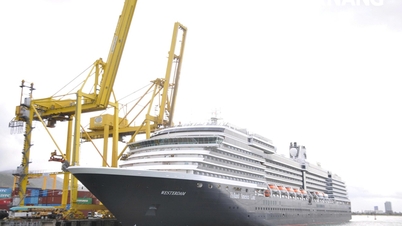

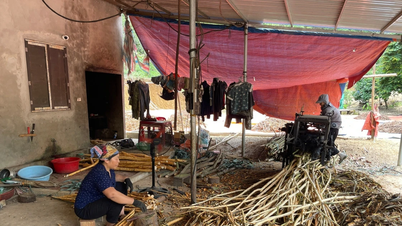

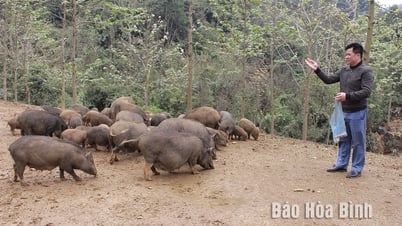




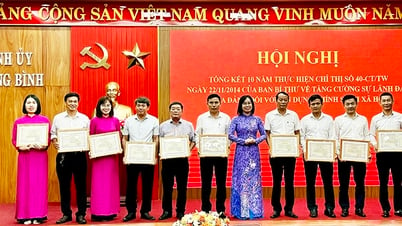











![[Photo] Funeral of former President Tran Duc Luong in Quang Ngai](https://vphoto.vietnam.vn/thumb/1200x675/vietnam/resource/IMAGE/2025/5/25/ccf19a3d8ea7450bb9afe81731b80995)
































![[Infographic] Vietnam-France Comprehensive Strategic Partnership](https://vphoto.vietnam.vn/thumb/402x226/vietnam/resource/IMAGE/2025/5/26/986f63068ea9413dbbb558ee6c6944f3)


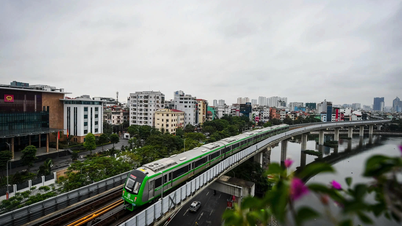
















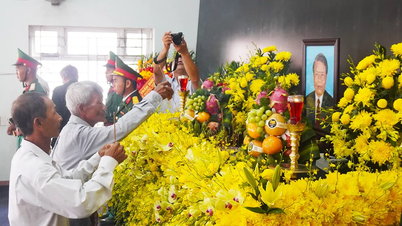












Comment (0)